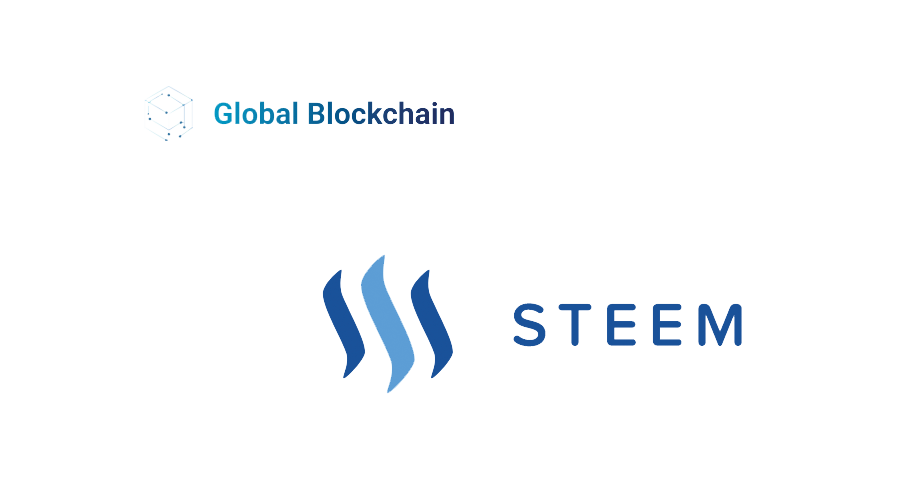Global Blockchain Technologies Corp. has announced a non-binding agreement to create a joint venture with Steemit Inc., the creators of first and largest blockchain-based social network, to establish a $20 million USD Steem Fund. The Steem Fund is a first-of-its-type venture capital fund for startups building solutions on the Steem blockchain and those which expand the Steem ecosystem. Investments from the Steem Fund will be comprised of both Steem tokens tradeable on liquid exchanges and through traditional US dollar investments.
The Steem Fund will be architected to support the accelerated development of applications based on Steem’s Smart Media Token (SMT) protocol, allowing native tokens based on the Steem blockchain. SMTs are a technology that allows individual organizations and companies to integrate a customizable and intelligent token system into their website, portal, or platform.
Global Blockchain Technologies Corp. CEO Rik Willard said:
“We’re proud to be the first publically traded company to make a significant investment in the Steem ecosystem. No current open source and public blockchain protocol is more mature, scalable, and as rapid as Steem. We are convinced that traditional media companies from every corner will find that Steem’s technology will be a better way to monetize and distribute existing content and future works.”
CEO of Steemit Ned Scott said:
“Today’s announcement makes the future for Steem brighter than ever. The Steem Blockchain is faster and already larger than the Bitcoin and Ethereum blockchains combined, and working with Global Blockchain Technologies Corp. is going to exponentially increase the number of applications built on Steem in an accelerated amount of time.”
Steem’s Smart Media Token (SMT) protocol announced back in September, is native to the Steem Blockchain, one of the most scalable and efficient blockchains in the industry, enabling content publishers of any size to implement new revenue models through tokens that incentivize consumer engagement and interaction. SMTs can be run by any publisher without changing any website infrastructure or functions, breaking down barriers to enter the fastest growing industry in fintech, while creating a mutually beneficial bridge between consumers, content, and media revenue
